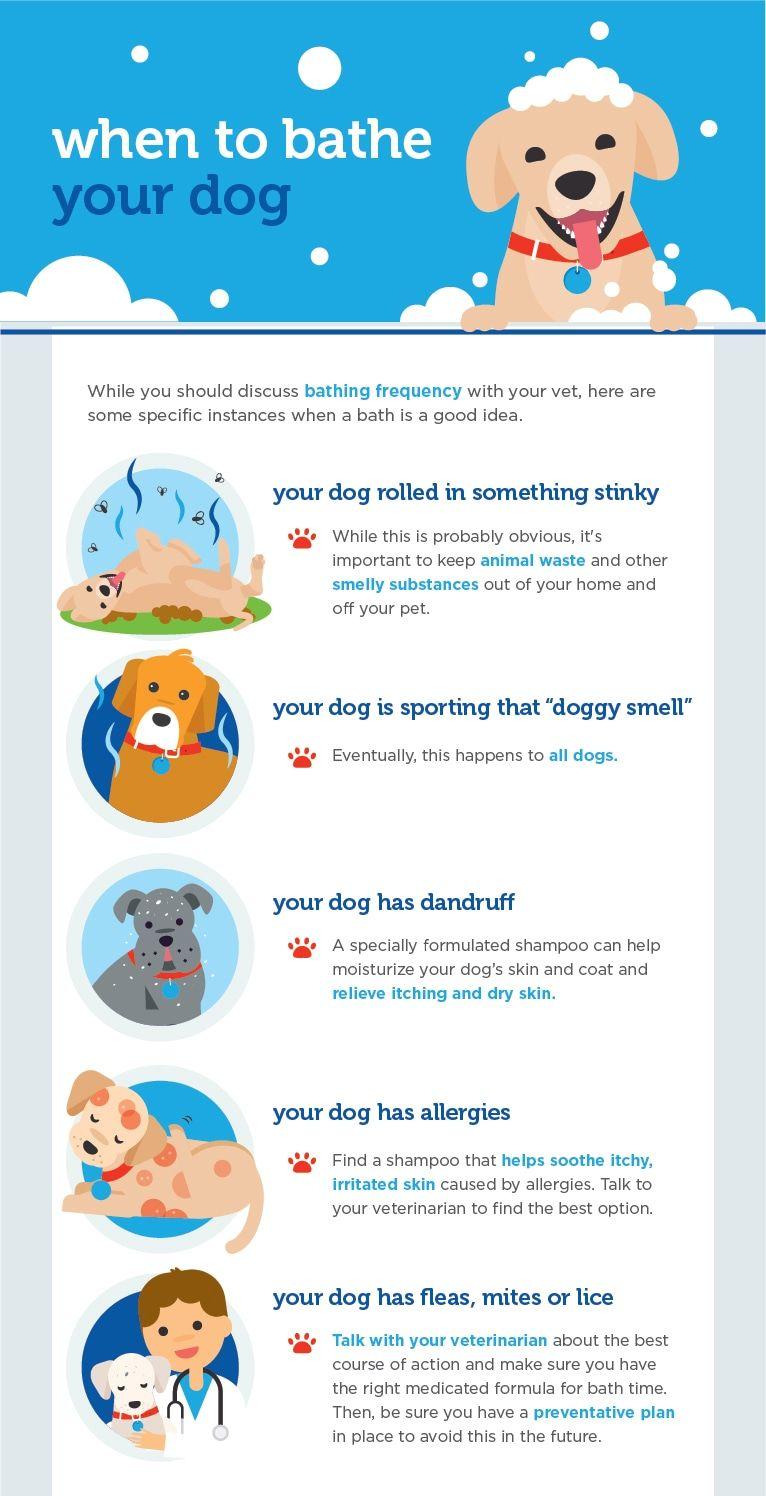You love your pets: That’s no lie. You put up with their demands (Feed me! Walk me!). You make sure they receive regular care for physical well-being. You play with them and buy them the treats and the toys that they love. And in return, your pets—particularly dogs—give you lots of love and kisses. And they also dump muddy paw prints and smelling coat residue into your home.
Of course, part of that is unavoidable. Dogs have to go outside. The weather is changeable, meaning wet and dirt and mud are things that you and your dog are going to encounter. But there are steps you can take to lessen the amount of mud and water and smells that actually enter your home.
For example, if you’ve got more than one way into your home, consider designating an entrance as the pet-friendly spot, with all the tools you need to catch that debris when your dog goes outside. What else can you do? This graphic can help.
Your First Line of Defense: The Doorway
The first few steps inside your home are usually the messiest: It’s the drop-off zone for dirt, debris, mud and water from your dog’s coat, legs, tail and paws. That’s why having an entry strategy is crucial.
Choose the right entry
Consider an alternative entrance, especially during muddy days. If you come in through the front door, for example, you may choose to enter through the garage door on particularly messy days.
Choose an absorbent doormat
As soon as your dog comes inside, catch muddy paw prints with a super-absorbent doormat. Although there are many pet-specific mats, an absorbent bath mat can work, too.
Consider a mat outside the house
In addition, consider placing a super-absorbent mat outside the door to lessen the amount of mud that hits your entryway. The more places to soak up water and mess, the better!
Use paw and body wipes
When your dog is just a little dirty—or for maintenance purposes—consider pet cleaning wipes. Use wipes specifically made for pets; they’re gentler on your pet’s skin, coat and paws.
What to Do About a Smelly Dog
A bath is the best way to combat a smelly dog. But what do you do when a bath’s not in the immediate future?
Brush frequently
Brushing can help remove the odor-causing materials and debris from your dog’s coat. There are other notable benefits to brushing, including distributing healthy oils throughout your dog’s coat and skin, removing mats and providing some quality bonding time between you and your pooch.
Grooming wipes
These specially formulated wipes gently clean dirt and debris off your dog’s coat and paws. These are a great short-term fix. Another bonus: Frequent use of wipes can help keep allergies (yours and your pet’s) at bay by removing allergens, such as pollen, that can stick to your pup’s coat.
Dog deodorizer
Dog deodorizers often come in sprays and powders. Try to find a mild scent that won’t overwhelm your dog. (Sometimes scents may drive dogs to find something super stinky to roll around in to rid themselves of a scent they don’t like.)
Wash bedding frequently
Washing your dog’s bedding, blankets and crate once a week is a must for many reasons, including keeping dirt and smells to a minimum.
Bath Time Is Fun Time
Ultimately the best way to clean up your muddy dog is a bath. There are a few different options for bath time.
Leave it to the experts
A full-service groomer has plenty of experience bathing all breeds of dogs with all kinds of temperaments. The big benefit is that you stay clean and dry and your dog is returned to you squeaky clean. Plus, this is a great time to have a professional clean your pup’s ears and trim his or her nails.
Self-serve bath
Self-serve baths are the hot new thing at dog spas and groomers: You use their facilities to bathe your pup. This option offers optimal equipment—including large, deep tubs, hand-held sprayers, an array of shampoos and products, lots of towels and fast dryers—at your disposal. Plus, you can leave the mess there and head home with a clean dog.
Bathe at home
If your dog is amenable to bath time, a home bath may be no big deal. Even if your dog isn’t a stinky, muddy mess, you can bathe him as frequently as once a week to keep allergies or other issues under control. Here are some tips to make DIY bath time easier for everyone.



